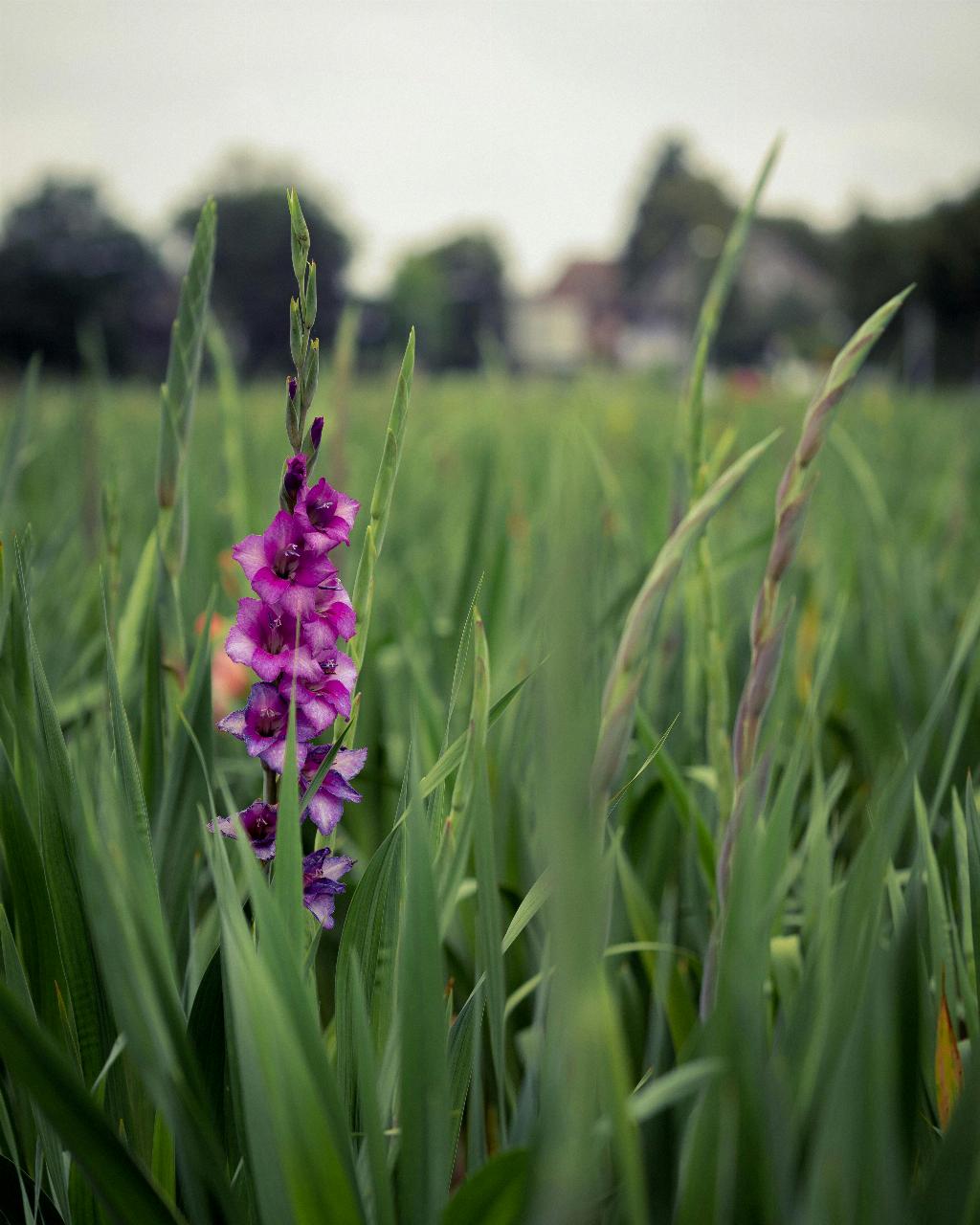Gladiolus, also known as sword lilies, are stunning flowers that can brighten up any garden with their vibrant colors and elegant spikes of blooms. If you’re wondering how to successfully grow gladiolus in your garden, there are a few key factors to consider.
Light Requirements for Gladiolus
Gladiolus thrive in full sun, so it’s essential to plant them in a sunny spot in your garden. While gladiolus corms can still flower in partial shade, they won’t display the same vivid colors and may not grow as vigorously as when planted in full sun.
Soil Conditions for Gladiolus
When it comes to soil, gladiolus prefer well-drained, sandy loam soil. Heavy, waterlogged soil can cause the corms to rot, so it’s crucial to ensure that the soil is well-draining to prevent any water buildup around the roots.
Planting Gladiolus Corms
Before planting gladiolus corms, it’s essential to prepare the soil by loosening it to allow for good root development. Plant the corms about 4-6 inches deep and space them about 6 inches apart to give them room to grow.
Watering Gladiolus
Gladiolus require regular watering to thrive, especially during their growing season. It’s important to keep the soil evenly moist but not waterlogged to prevent issues such as root rot. Water the plants at the base to avoid wetting the foliage.
Fertilizing Gladiolus
To promote healthy growth and vibrant blooms, it’s recommended to fertilize gladiolus regularly during the growing season. Use a balanced fertilizer high in phosphorus to encourage blooming and follow the instructions for application rates.
Supporting Gladiolus Stems
As gladiolus grow, their tall flower spikes may need support to prevent them from bending or breaking in strong winds. Consider staking the plants or using plant supports to keep the stems upright and looking their best.
Deadheading Gladiolus Flowers
Removing spent flowers, also known as deadheading, can help promote continuous blooming in gladiolus. Simply snip off the faded flowers to encourage the plant to produce new blooms and prolong the flowering period.
Overwintering Gladiolus Corms
In regions where winters are cold, gladiolus corms need to be dug up and stored indoors for the winter months. After the foliage dies back, carefully dig up the corms, remove any excess soil, and store them in a cool, dry place until it’s time to plant them again in the spring.
Pest and Disease Management
Keeping an eye out for common pests and diseases that can affect gladiolus is essential to maintaining their health and vitality. Watch for signs of aphids, thrips, or fungal diseases, and take appropriate measures to control these issues.
Dividing Gladiolus Corms
Over time, gladiolus corms can multiply and become crowded, leading to reduced flowering. Dividing the corms every few years can help rejuvenate the plants and ensure they continue to produce abundant blooms. Simply dig up the corms, separate them, and replant them in fresh soil.

Enjoying Gladiolus in Your Garden
With the right care and attention, you can enjoy the beauty of gladiolus in your garden year after year. Whether you’re a seasoned gardener or a beginner, growing gladiolus can be a rewarding experience that adds color and charm to your outdoor space.
